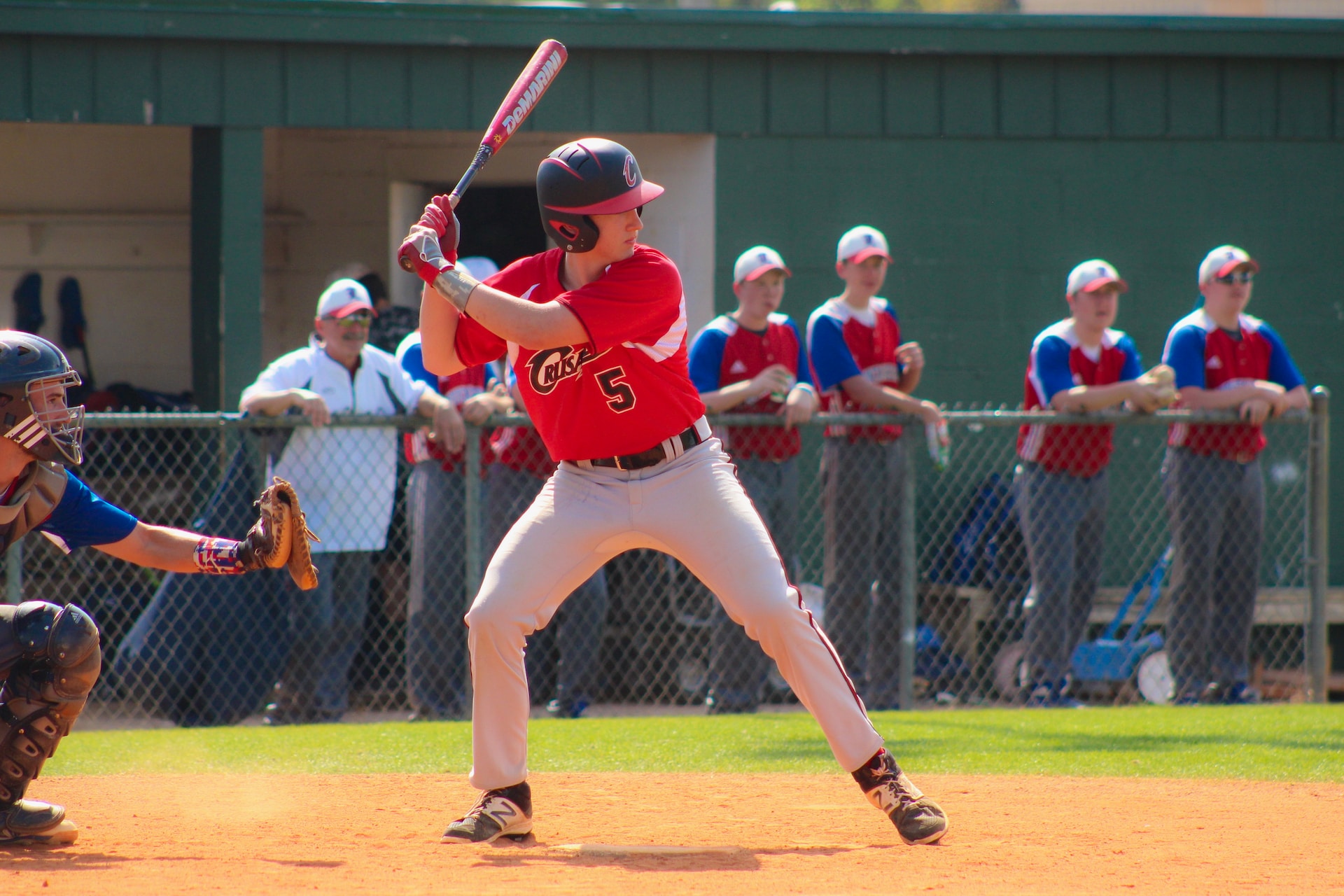Baseball is a sport that requires immense skill, timing and hand-eye coordination. While natural talent certainly plays a role, consistent practice and drilling of the fundamentals is crucial for all batters looking to improve their hitting abilities. Implementing the right kinds of training repetitively can help develop muscle memory and turn good hitters into great ones. This article will explore some of the best drills that baseball players can incorporate into their regular routines to sharpen essential batting skills.
Perfecting the Swing
The baseball swing is a complex kinetic sequence that requires flawless technique and timing. Even the best hitters constantly work on ingraining the right motor patterns to ensure their swing stays grooved. Here are some invaluable batting drills to perfect the mechanics of the swing.
Soft Toss
This classic drill involves having a coach or team member gently toss balls from a short distance to allow the batter to focus on their swing mechanics. The low speed allows players to hone their muscle memory and work on driving through the ball with the entire body. Setting up a designated soft toss area with a net is an easy way to get in extra swing reps every day. Concentrating on keeping the head still, rotating the hips and pivoting on the back foot are key.
Tee Drills
Hitting off a batting tee is ideal for dialing in the ideal swing. Players can groove the proper hand path to the ball and establish optimal contact points without worrying about pitch location. Starting with the bat held high and practicing bringing the bat down through the zone promotes an upward swing angle for driving fly balls. Keeping the tee at different heights and distances challenges batters to adjust their swing plane as needed.
Mirror Training
Having a large mirror to practice swings in front can help players self-diagnose any issues with their form. Checking for proper alignment of the hips, hands and head in the reflection while swinging can ingrain the right posture. Recording video of swings to review later also allows picking up on any hitches or irregularities.
Front Toss
In this drill, a coach faces the batter and underhand tosses balls to hit. The key is focusing on bat speed and quick reaction time to simulate real pitching. Quick hands and generating power from the legs should be emphasized. The angle of the toss can vary to work on hitting different pitch locations.
Building Bat Control
Being able to manipulate the bat smoothly is critical for making consistent contact and adjusting to any pitch. Here are some drills to improve overall bat control:
One-Hand Drills
Taking swings with only one hand on the bat challenges batters to control the barrel accurately. This helps strengthen the wrists and forearms while learning to keep the bat head on the same plane throughout the swing. One-hand follow throughs after hitting off a tee also ingrain proper mechanics.
Short Swings
Taking short, compact swings where the barrel stays in the zone for an extended time teaches batters to make contact out front more consistently. Keeping the elbows in and hands inside the baseball will allow catching pitches earlier in the zone. This drill improves hand-eye coordination exponentially.
Bat Taps
Lightly tapping the bat on the shoulders, hands and legs repeatedly develops a quicker, more fluid swing. The soft taps warm up the muscles while reinforcing optimal bat angles. Adding small pauses, alternating hands and changing sequencing challenges coordination.
Plate Coverage
Being able to confidently drive balls across the entire strike zone is vital for tackling any pitch sequence. Here are some ways to expand plate coverage:
Inside/Outside Toss
A coach throws pitches aimed at the inner and outer edges of the plate. Focus on reaching the arms comfortably to cover the plate and drive inside pitches with authority. Staying closed longer on inner pitches and clearing the hips quickly on away pitches is key.
High/Low Toss
Having pitches varying from the knees to letters helps train quick vertical adjustments of the barrel. On low pitches, players learn to keep hands high and drop the barrel, while laying off high pitches trains resisting upward creep.
Quadrant Drills
Visualizing the strike zone split into quadrants helps ingrain driving the ball to all fields. Calling out a random quadrant before tossing a pitch lets players concentrate on that part of the zone. Hitting each section systematically in repetitive drills trains muscle memory.
Flipping the Bat
In this drill, players flip their bat after each swing to continually adjust their grip and stance. This keeps both sides of the plate familiar and avoids favoring one grip. It promotes quick hand-eye coordination and adaptable swing mechanics. In closing, implementing continuous drills focused on refining batting techniques, building bat control and expanding plate coverage provides a blueprint for excelling as a batter. Hitting requires utmost precision, but dedicated practice and drilling of the right movements can help any baseball player achieve mastery of the craft. With persistence and making fundamental drills part of daily routines, all players can sharpen their skills and find consistency at the plate. The road to baseball greatness is paved through tireless work on the batting basics.


